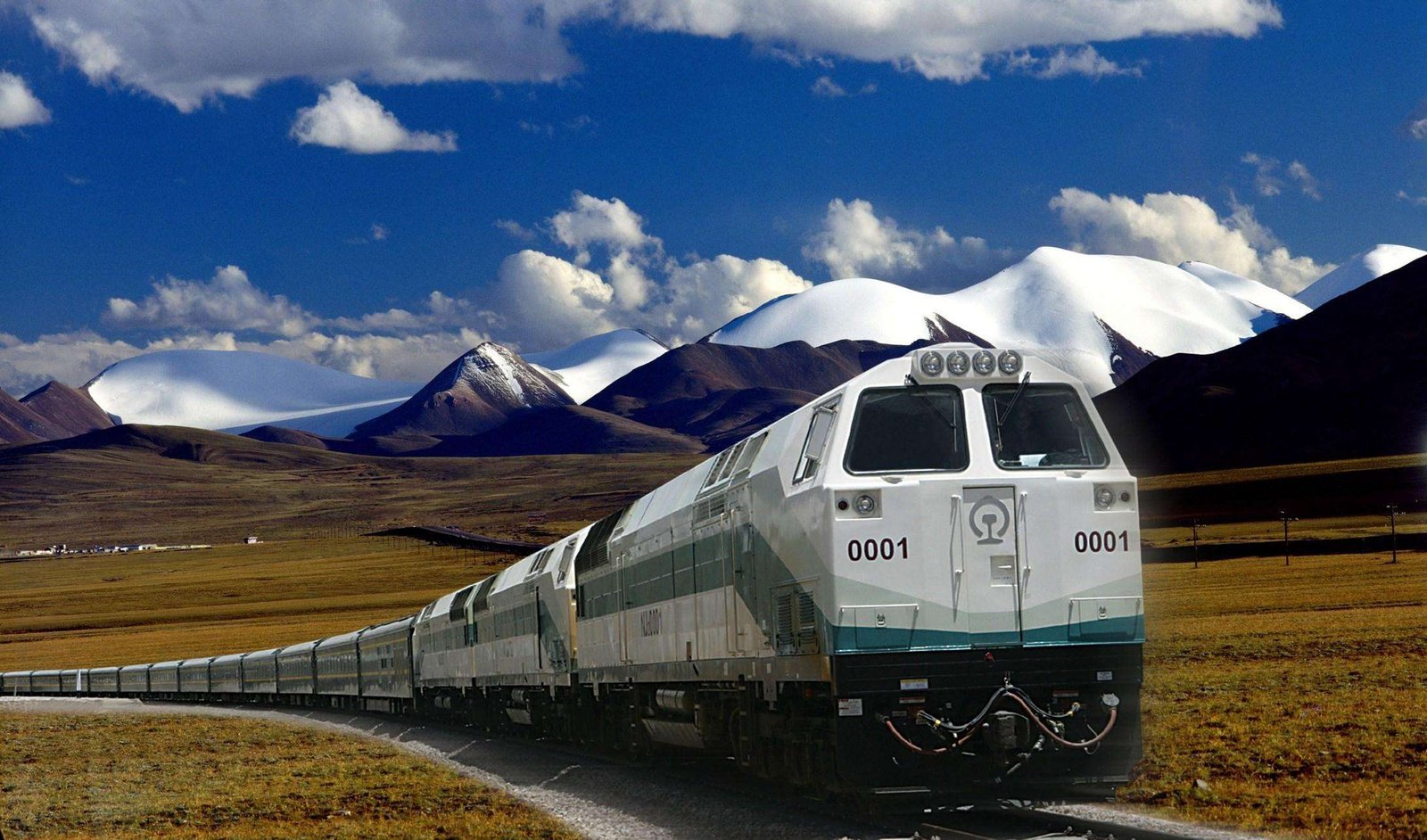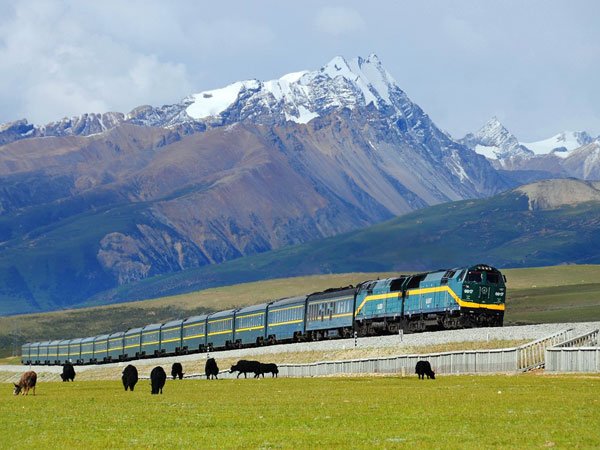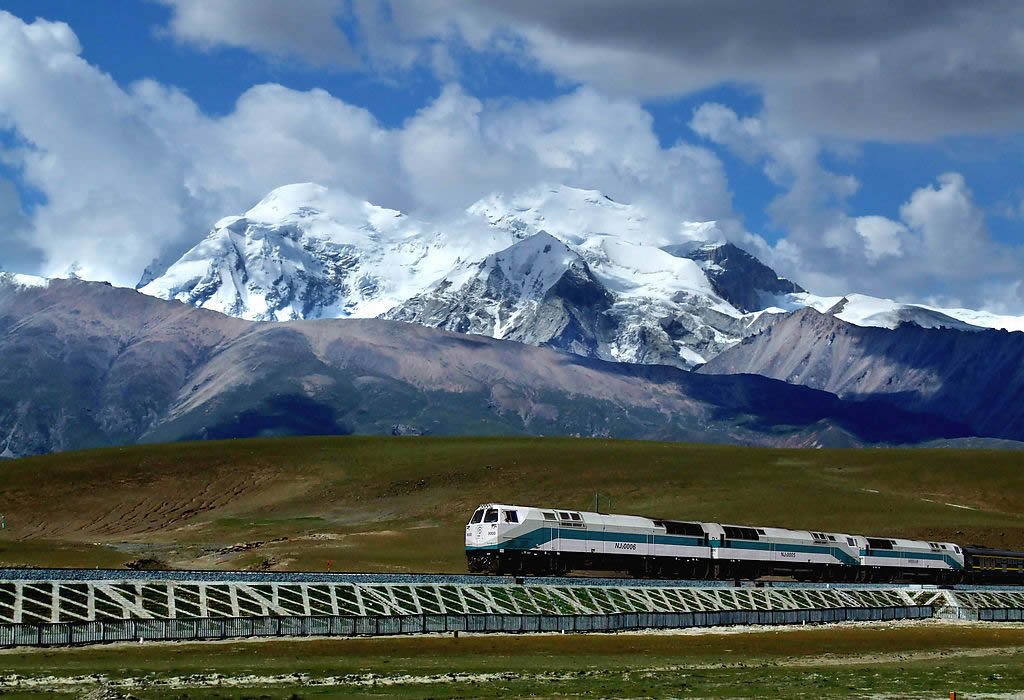Rail Travel Simplified: Frequently Asked Questions About Tibet Train

What is the Tibet Train?

The Tibet Train refers to the railway network connecting mainland China with the Tibet Autonomous Region. It is a remarkable engineering feat that offers a unique and convenient way to explore Tibet’s breathtaking landscapes and sacred destinations.

How do I book tickets for Tibet Train?
Tickets can be booked through authorized travel agencies or online platforms specializing in Tibet travel. It’s important to book tickets in advance, especially during peak season, to secure seats and avoid disappointment.
What is the journey time and route of Tibet Train?
The journey time varies depending on the starting point and destination. The most popular route is from Beijing to Lhasa, which takes approximately 40 hours. The train passes through stunning landscapes, including the Qinghai-Tibet Plateau and the Tanggula Pass.
What are the facilities and amenities on the Tibet Train?
- Types of trains: Tibet trains operate in three classes: hard seat, soft sleeper, and hard sleeper.
- Onboard accommodations: Soft sleeper offers private compartments with four beds, while hard sleeper has six beds in a shared compartment. Hard seat is the most affordable option with open seating.
- Dining facilities: Trains have a dining car serving a variety of Tibetan and Chinese dishes.
- Other amenities: Trains also provide amenities such as bathrooms, Wi-Fi (limited), power outlets, and oxygen systems.
Is it safe to take the Tibet Train?
The Tibet Train is considered safe, with modern safety features and operating standards. However, it’s essential to be aware of altitude sickness, which can occur due to the high elevation of Tibet. It’s recommended to consult a medical professional for advice before embarking on the journey.
What are the visa requirements for Tibet Train travel?
To travel to Tibet, foreign nationals must obtain a Tibet Travel Permit in addition to a Chinese visa. This permit can be arranged through an authorized travel agency or embassy.
How can I enhance my Tibet Train experience?
- Book a tour: Joining an organized tour can provide guided exploration and itinerary planning for a stress-free experience.
- Pack essentials: Pack for the duration of the journey, including warm clothing, comfortable shoes, and necessary toiletries.
- Respect local customs: Tibet is a sacred region, so it’s essential to be respectful of local customs and traditions.## Rail Travel Simplified: Frequently Asked Questions About Tibet Train
Executive Summary
This comprehensive guide tackles the most frequent inquiries about Tibet train travel, providing valuable insights for travelers seeking an unforgettable journey through the enigmatic Tibetan landscape. From visa requirements to train routes and altitude concerns, this article leaves no stone unturned, empowering readers with the knowledge they need to plan a seamless and enriching Tibet train experience.
Introduction
Discover the allure of Tibet, a land shrouded in mystery and steeped in ancient traditions. Embark on a train journey through this captivating region, traversing breathtaking landscapes and immersing yourself in a culture unlike any other. This guide unveils everything you need to know about Tibet train travel, ensuring a safe, comfortable, and unforgettable adventure.
Visa Requirements
- Obtain a Chinese Visa: All foreign nationals require a valid Chinese visa to enter Tibet.
- Tibet Travel Permit: Additionally, a Tibet Travel Permit is necessary for travel to the Tibet Autonomous Region.
- Authorized Travel Agencies: Acquire the Tibet Travel Permit through authorized travel agencies licensed to arrange tours in Tibet.
- Submission of Itinerary: Submit a detailed itinerary of your travel plans to obtain the Tibet Travel Permit.
- Processing Time: Allow sufficient time for processing the visa and Travel Permit, typically 15-30 days.
Train Routes
- Qinghai-Tibet Railway: The iconic Qinghai-Tibet Railway connects Xining in China to Lhasa in Tibet.
- Duration: Expect a journey time of approximately 22 hours.
- Scenic Route: Marvel at the unparalleled vistas of Tibetan grasslands, towering mountains, and shimmering lakes.
- Altitude Adjustments: Take into account the gradual ascent to Lhasa’s high altitude.
- Oxygen Availability: Oxygen concentrators are available on board for altitude adaptation.
Altitude Concerns
- Health Risks: Higher altitudes can lead to altitude sickness, so prioritize acclimatization.
- Symptoms: Watch out for headaches, nausea, and difficulty sleeping at high altitudes.
- Prevention: Ascend gradually to reduce altitude sickness risk.
- Hydration: Stay hydrated by drinking plenty of water.
- Medication: Consult a doctor about preventive medication, such as Acetazolamide.
Packing Essentials
- Clothing: Pack layers of clothing for Tibet’s variable temperatures. Include a warm jacket, gloves, and a hat.
- Footwear: Choose comfortable walking shoes with good ankle support.
- Toiletries: Carry essential toiletries and include sunscreen, lip balm, and hand sanitizer.
- Electronics: Bring a camera, charger, and travel adapter.
- First-Aid Kit: Prepare a basic first-aid kit for minor emergencies.
Train Facilities
- Comfortable Seating: Enjoy spacious and comfortable seats throughout the train journey.
- Dining Car: Indulge in local Tibetan cuisine and other dishes in the train’s dining car.
- Sleeping Car: Upgrade to a sleeper car for added comfort and privacy, with beds available in various classes.
- Restrooms: Train carriages feature clean and well-maintained restrooms.
- Luggage Storage: Ample luggage storage space is provided on board the trains.
Conclusion
Embark on a Tibet train journey with confidence, equipped with the essential knowledge provided in this comprehensive guide. Plan meticulously, obtain the necessary documents, and be prepared for the unique challenges of high altitude. Immerse yourself in Tibet’s captivating landscapes and ancient culture, creating memories that will last a lifetime.
Keyword Phrase Tags
- Tibet train travel
- Visa requirements for Tibet
- Tibet train routes
- Altitude sickness prevention
- Tibet train facilities